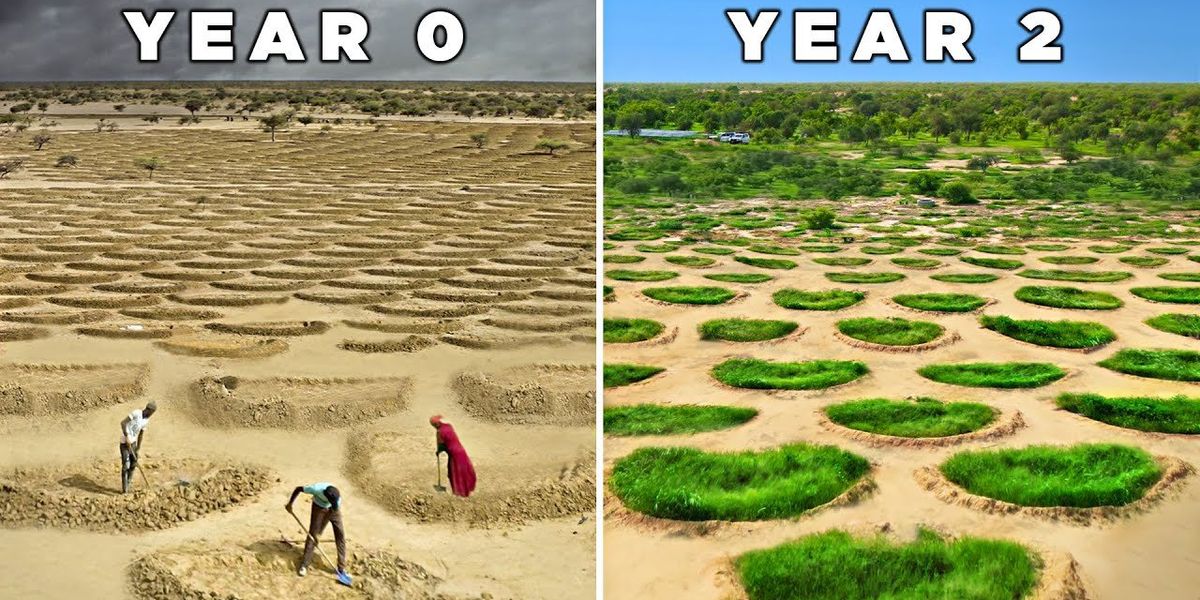Just a few years ago, the Sahel region at the northern edge of Senegal was a “barren wasteland” where nothing had grown for 40 years. But the United Nations World Food Programme (WFP) and local villagers teamed up to regreen the area, bringing back agriculture, improving the economy of the people who live there, and preventing the climate migration that desertification ultimately leads to.



Community buy-in is more important than efficiency in projects like this.
Sure, these projects could be done more efficiently by one construction company with heavy machinery, but that takes dollars these dirt poor areas don’t have (and I think Trump’s bullshit arbitrary defunding of USAID is an object lesson for developing countries not to rely on foreign charity for anything important, among many, many other reasons why foreign charity is bad for development). So local people need to know how to do it with local resources in order to expand the projects to new areas.
Just as important, local communities need to support and maintain these projects in the long run, and sweat equity is a great way to build commitment.